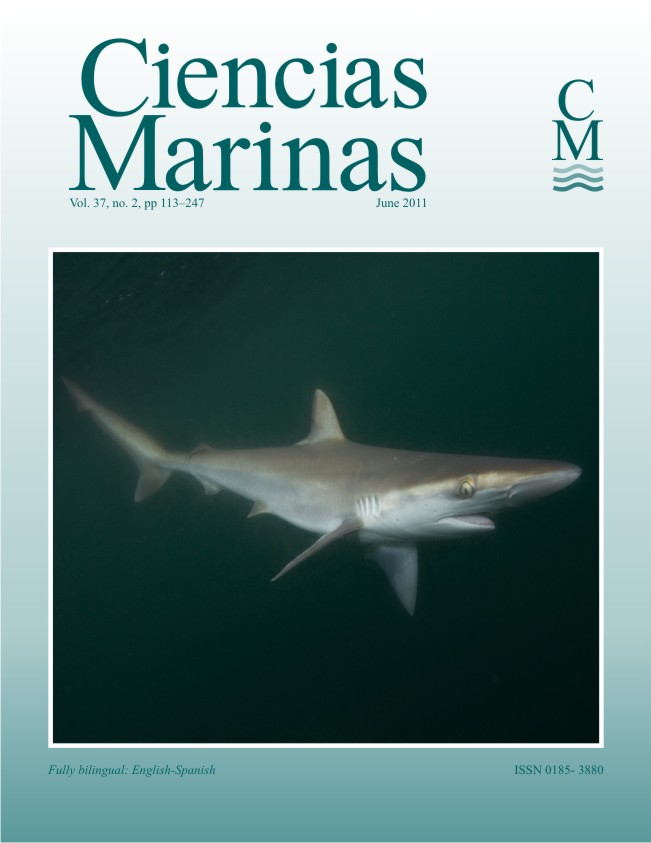Chemical composition and some biological activities of marine algae collected in Tunisia
Main Article Content
Abstract
The chemical composition and some biological properties of four algae (Ulva rigida, Codium bursa, Cystoseira barbata, and Ceramium diaphanum) collected from the Gabes Gulf area (Tunisia) were examined. Ash (11.35–29.08% weight/dry weight [w/dw]) and total sugar (13.20–18.70% w/dw) were the most abundant contents in these algae. Protein contents were moderate (5.03–14.00% w/dw), with the red alga (C. diaphanum) having the highest value. Lipid contents were within the range mentioned for seaweeds (less than 3% w/dw). Saturated fatty acids occurring at the highest proportions were C16:0 (24.53–41.37%) and C12:0 (10.37–24.44%). The most abundant monounsaturated fatty acid was C18:1n-9 (21.74–54.22%), whereas the most abundant polyunsaturated fatty acid was C18:2n-6 (9.57–11.71%). Variations in chemical composition can be attributed to both environmental and genetic differences among species. All algal extracts displayed antibacterial activity against Escherichia coli and Staphylococcus simulans (inhibition diameter: 10–25 mm), antioxidant activity (radical scavenging activity: 0.8–23%), and anti-inflammatory activity (48–61% inhibition of the phospholipase A2 activity); therefore, the marine algae examined can be considered abundant resources of bioactive molecules.
Downloads
Article Details
This is an open access article distributed under a Creative Commons Attribution 4.0 License, which allows you to share and adapt the work, as long as you give appropriate credit to the original author(s) and the source, provide a link to the Creative Commons license, and indicate if changes were made. Figures, tables and other elements in the article are included in the article’s CC BY 4.0 license, unless otherwise indicated. The journal title is protected by copyrights and not subject to this license. Full license deed can be viewed here.

